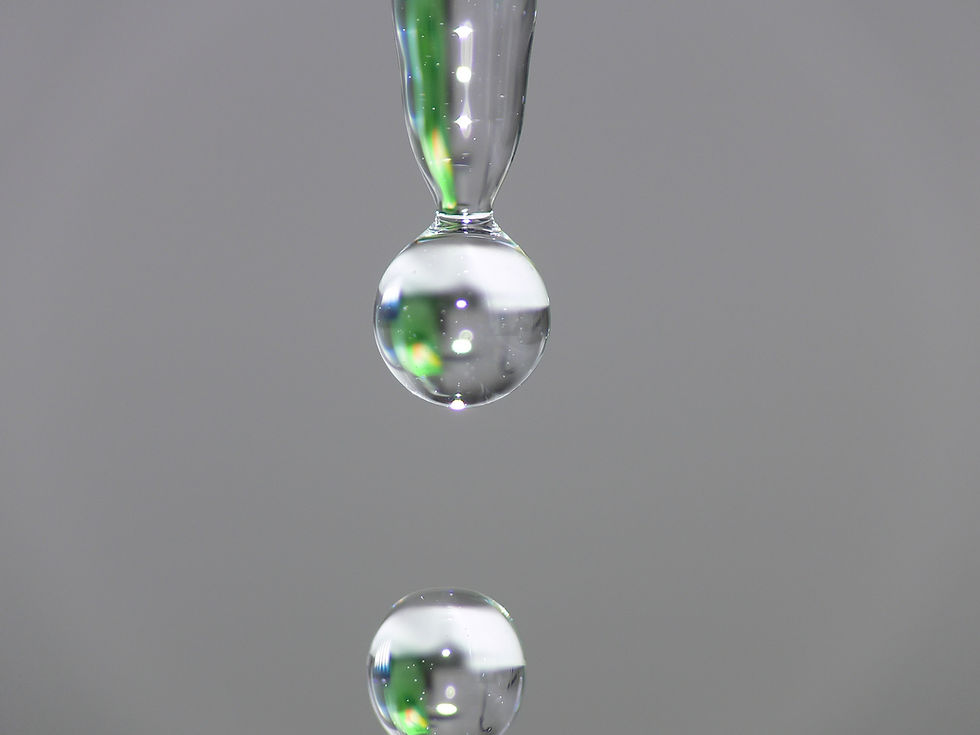
OUR EXPERTISE
From Analysis to Process, to improve your Results










METALLURGICAL PROCESSES ENGINEERING: METALLIC
The Metal Mining area specializes mainly in the following fields:
Leaching in Heaps, In Situ, Dumps, Tailings and Old Rubbles. Experimental development. Profile, Prefeasibility and Feasibility Levels.
Solvent Extraction and Electrowinning.
Conception and Design of Flowsheets for metallurgical processing of minerals (Cu, Au, Ag, Zn, Pb, V, Co, etc).
Preparation of Experimental Metallurgical Programs for the initiation and improvement of metallurgical extractive processes.
Audits and Technical Expertise of Mining-Metallurgical Processes in judicial arbitrations.
Market Analysis and Studies.




METALLURGICAL PROCESSES ENGINEERING: NON-METALLIC
This area mainly specializes in the following topics:
-
Treatment Processes, Design of Beneficiation Plants, Capital Costs, Operational Costs and Economic Evaluations of Projects (Kaolin, Diatomite, Limestone, Perlite, Siliceous Sand, Feldspar, Borates, etc.).
-
Transformation Processes for the production of Lime, Micronized and Precipitated Calcium Carbonate, Dimensioned Granites and Marbles, industrial kaolin, etc.
-
Identification of Specific Aptitudes of non-metallic minerals for industrial use.
-
Geological-mining evaluations of Non-Metallic deposits.
-
Analysis and Market Studies of Minerals and Non-Metallic Products.












MINERAL MICROSCOPY LABORATORY
Mineralogical analyzes are aimed at mineral feed samples or products of metallurgical processes, whether Cu (Sulfurized and Oxidized), Au, Ag, Pb, Zn, As, Sb, Fe, among others.
Mineralurgical Microscopic Analysis, consisting of:
Determination of Mineralogic Species
Mineralogical Species Composition (% by Weight), with total non-metallic gangue.
Mineralogical Composition of Non-Metallic and/or Ferruginous Gange (% by weight)
Degree of Release, Association and Occlusion of Useful Species.
Granulometric Size of Useful Species according to their state of Release, Association and Occlusion.
Prediction of operational behavior in the face of concentration and/or extraction processes.
Microscopic Analysis of Oxidized Copper Minerals and others.
Microscopic Analysis of Gold and Silver:
Characterization of Auriferous and Argentiferous Species.
Granulometric Size according to the state of Release, Association and/or Occlusion.
Degrees of Release, Association and Occlusion.
Prediction of operational behavior in the face of concentration and/or extraction processes.
Analysis of Relict Sulfides.
Petrographic Studies: Identification of the rock type, with description of predominant and accessory minerals.
Analysis, interpretation and metallurgical comments of mineralogical analyses.














MICROSCOPIC ENVIRONMENTAL LABORATORY
Compositional and granulometric characterization of fine particles for the control of water, wastewater, filters, raw materials, additives, products, chimney dust and sediments, among others, thereby allowing optimization of processes and product quality.
Depending on the type of sample, the analyzes consist of:
Granulometric Analysis of Fine Particulates. In filters from Isokinetic Measurements and Environmental Monitoring or Sampling (PTS, PM 10, 5, 2.5), to determine pollution, air quality and origin of polluting constituents.
Water Analysis: Suspended and Sedimentable Solids:
In effluent treatment to select type, quality and control of filters.
In recovery and characterization of solids.
Diagnosis and Identification of the impact caused by forces emitting particulate matter through the application of captured sample techniques.

